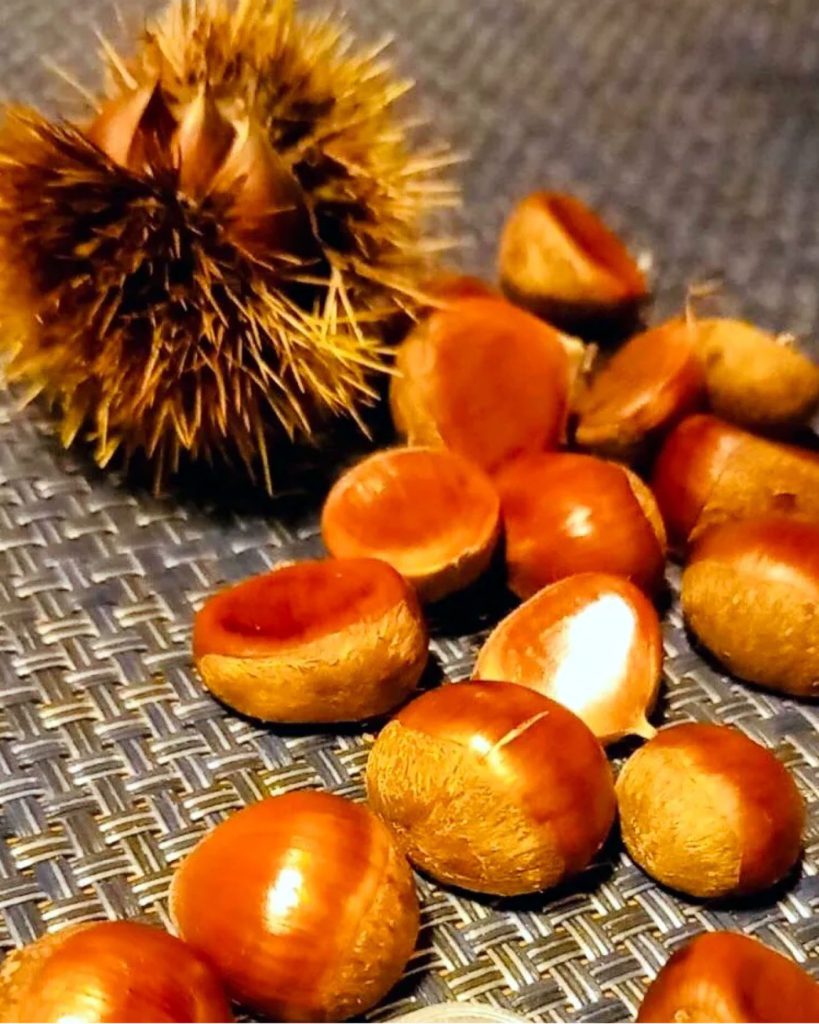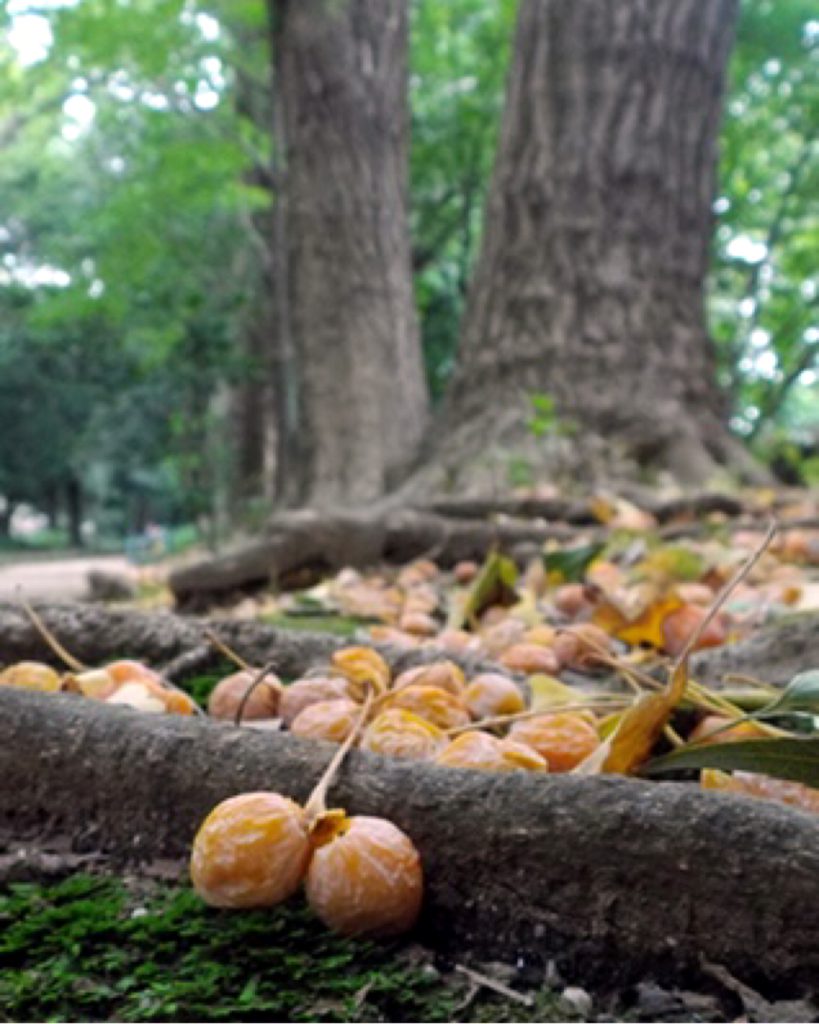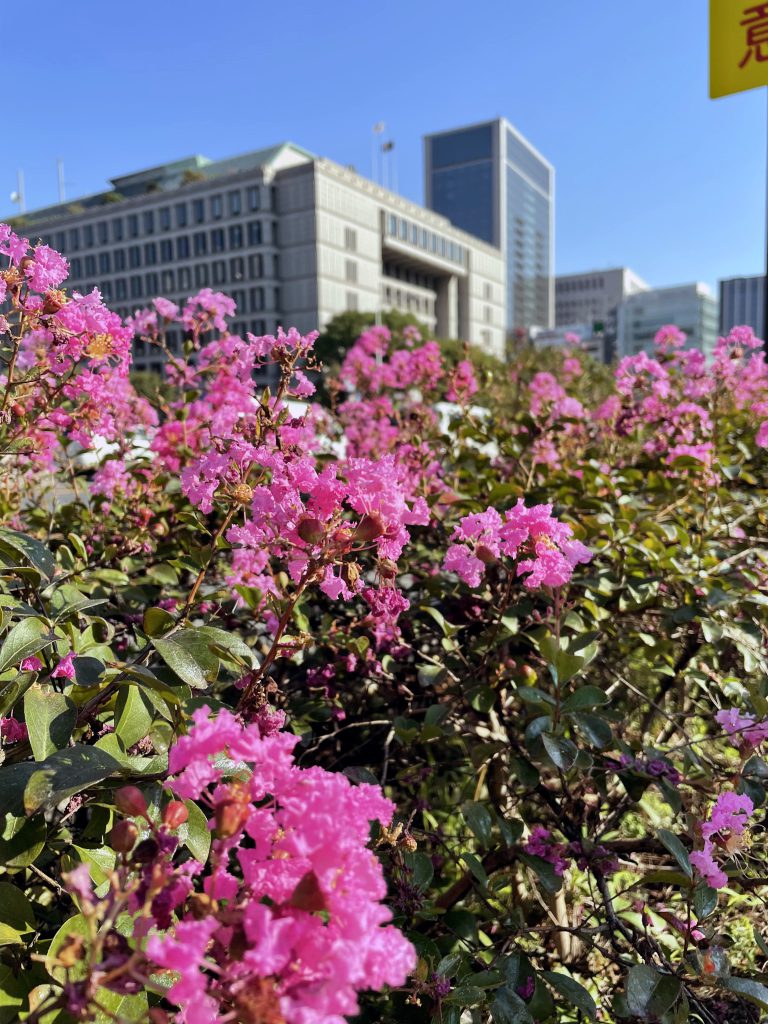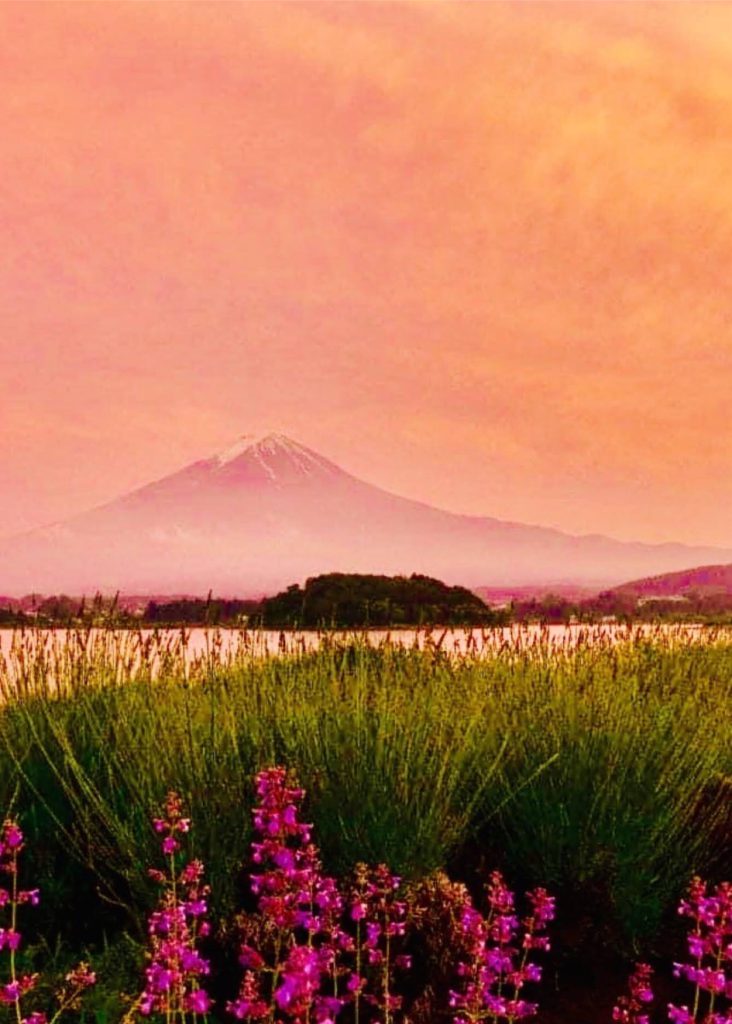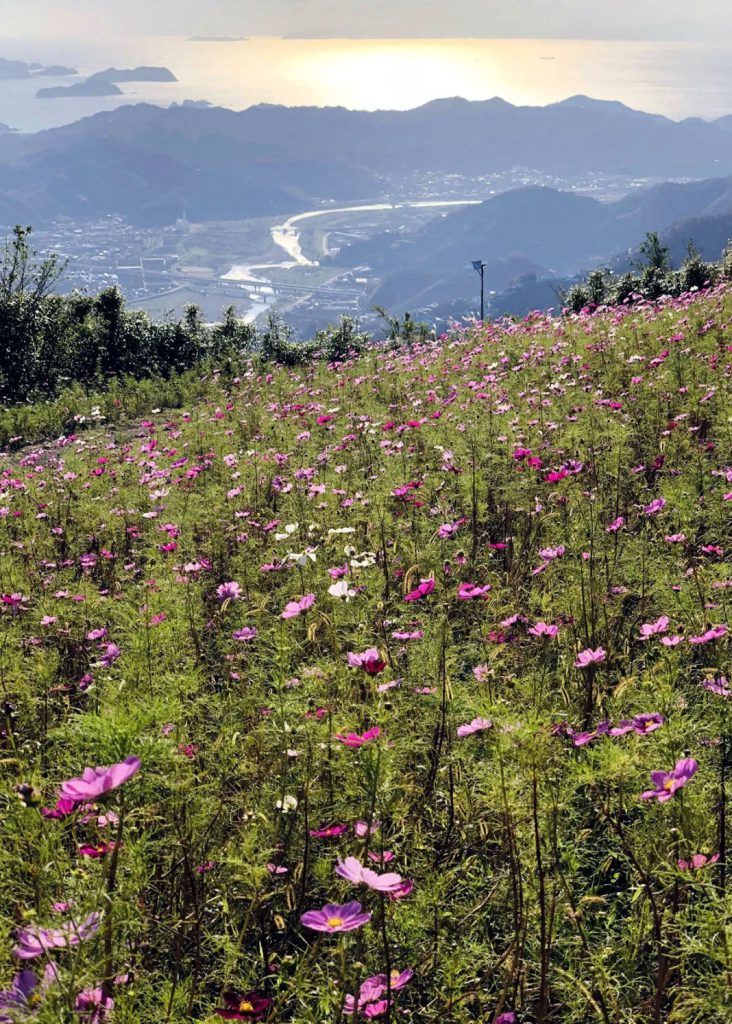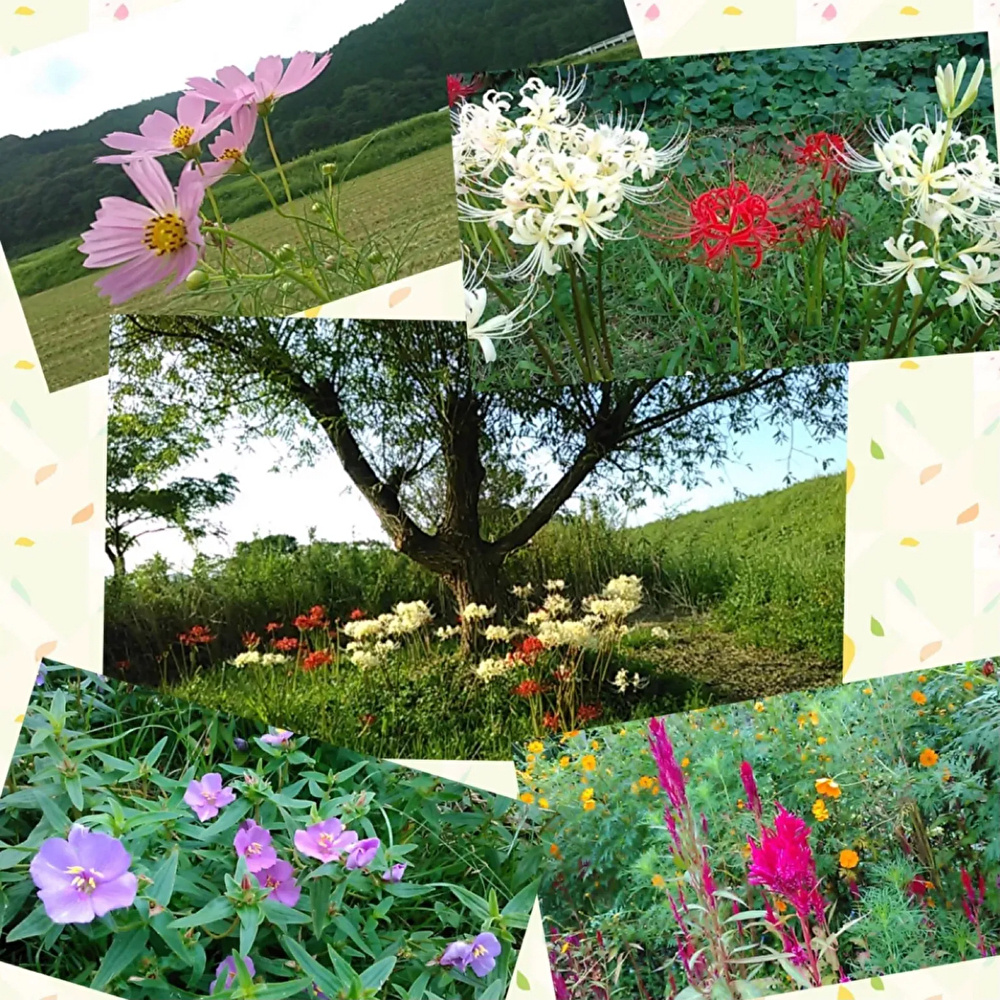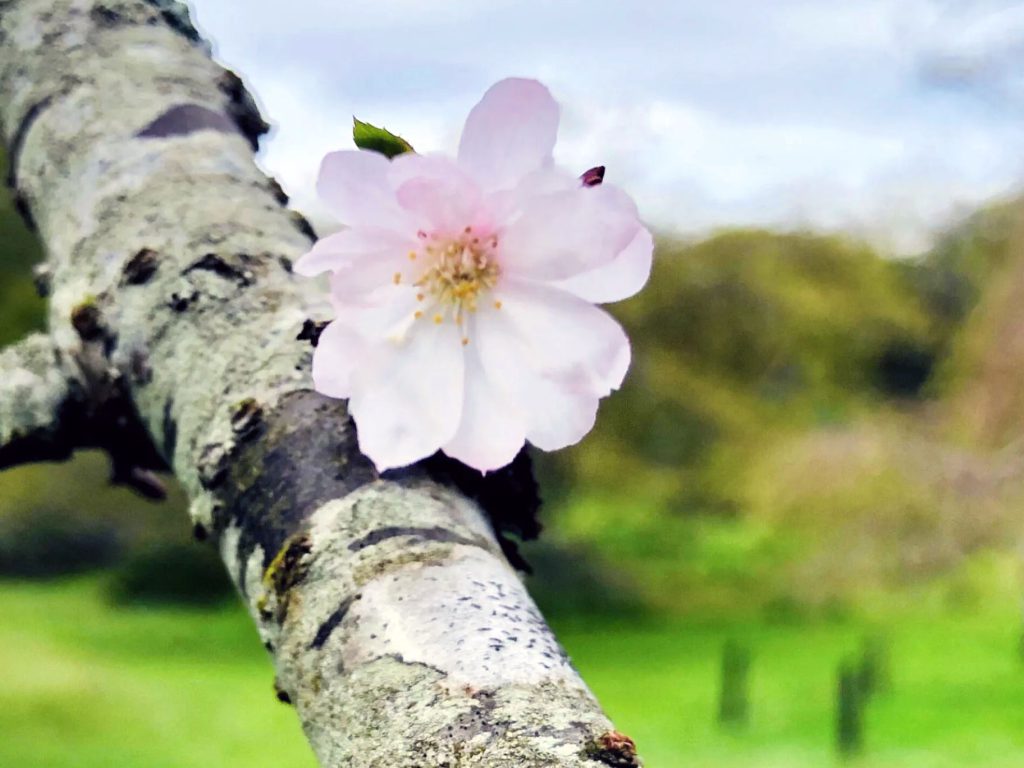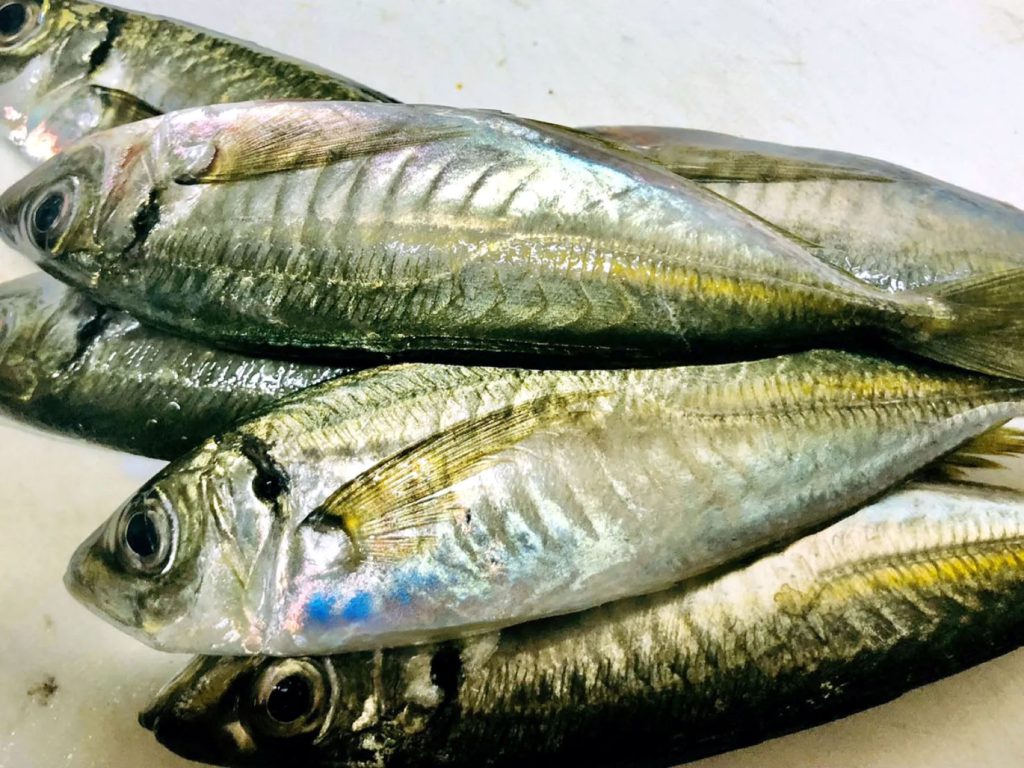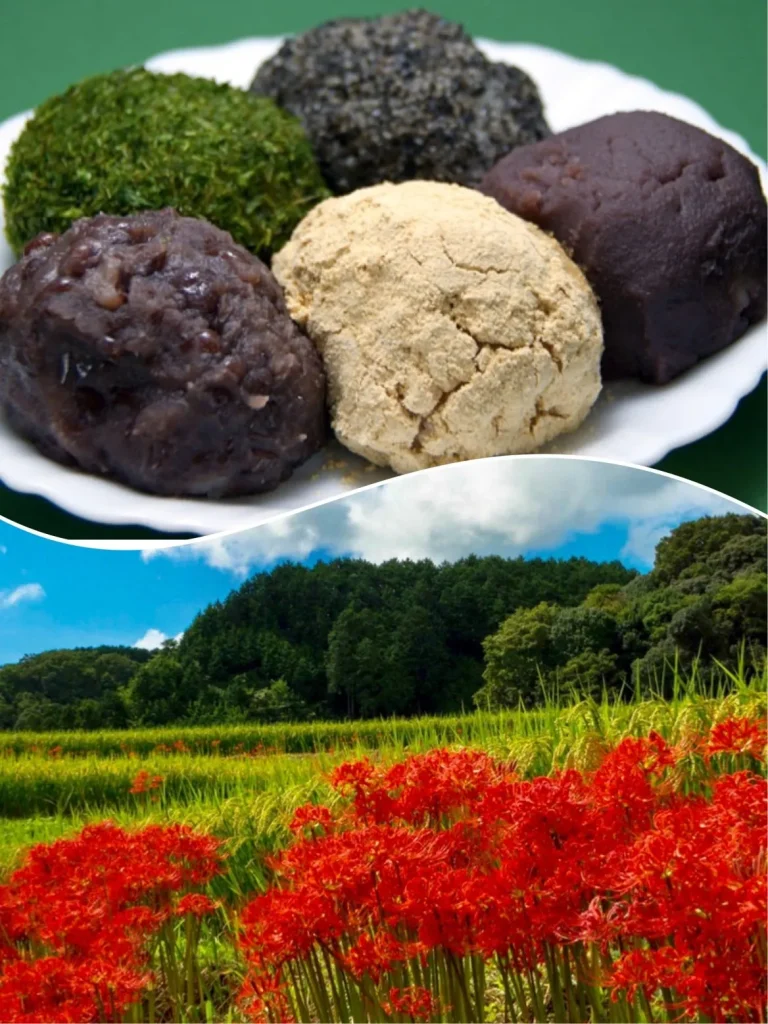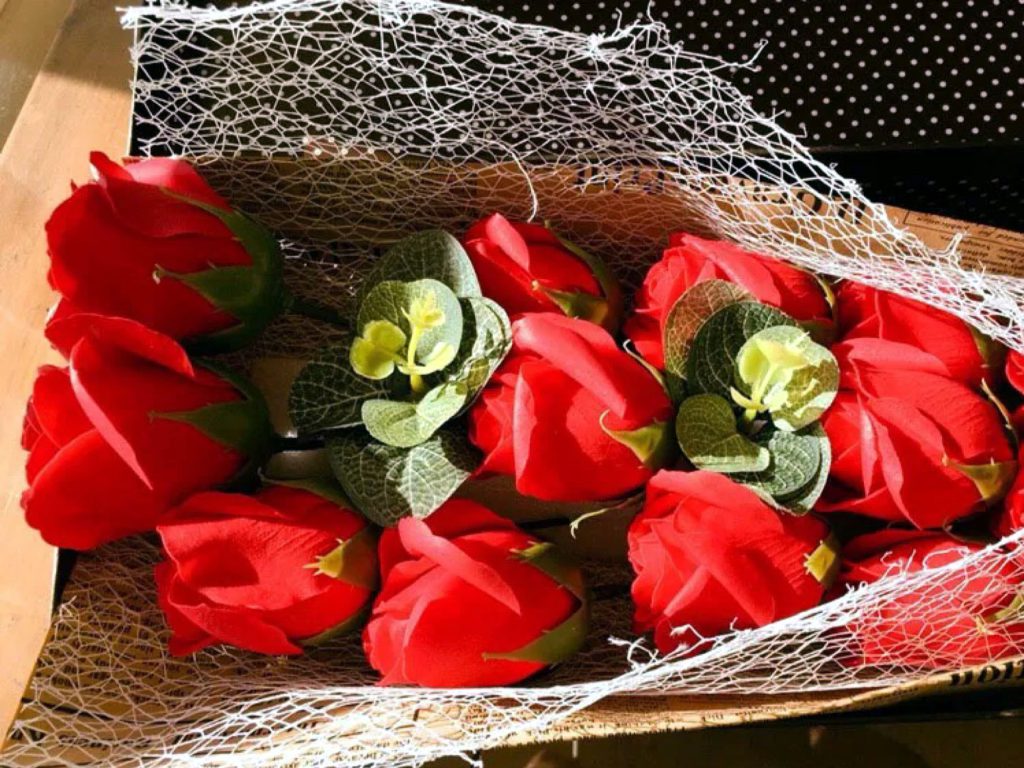
“Tokoshie” means “for a long time without changing forever”. It is a word that comes from “tokoshie”, which means “on the floor stone”, which is a solid rock. In kanji, it is written as “永遠 (eternal)”, “常しえ (constant)”, and “長しえ (long)”. It is a beautiful word that is deeply rooted in the heart of the Japanese people. When we see flowers, we think they are beautiful, and if possible, we would like to keep this beauty forever. Pressed flowers, dried flowers, and preserved flowers are manifestations of this. However, this is a big deal if it lasts for a few years, not forever. By the way, “the life of a flower is short.”, this words is a short poem that Fumiko Hayashi, who wrote “Houroki”, liked to write. It may be different for each person to feel that there are many painful things, but the life of flowers is certainly short. Furthermore, our life is not something that we can wish for “forever”.
「とこしえ」とは「未来永劫変わることなく、長く久しく」という意味です。どっしりした盤石の「床石」の上、「床石上(とこしえ)」からきた言葉です。漢字では、「永久」、「常しえ」、「長しえ」と書き表します。日本人の心に深く根差した美しい言葉です。花を見れば美しいと思い、できればこの美しさを未来永劫にとどめたいと思います。押し花にし、ドライフラワーにし、プリザーブドフラワーにしたりするのもこの現れです。しかしこれとて未来永劫どころか、数年持てば大したものです。「花の命は短くて」その願いはやはりかないません。ちなみに、この「花の命は短くて」は、『放浪記』を書いた林芙美子が好んで書いた短詩で、「花の命は短くて苦しきことのみ多かりき」の書き出し部分です。苦しいことばかりが多いと感じるのは人それぞれでしょうが、花の命は確かに短い。ましてやわが命は「とこしえ」を願えるものではありません。

